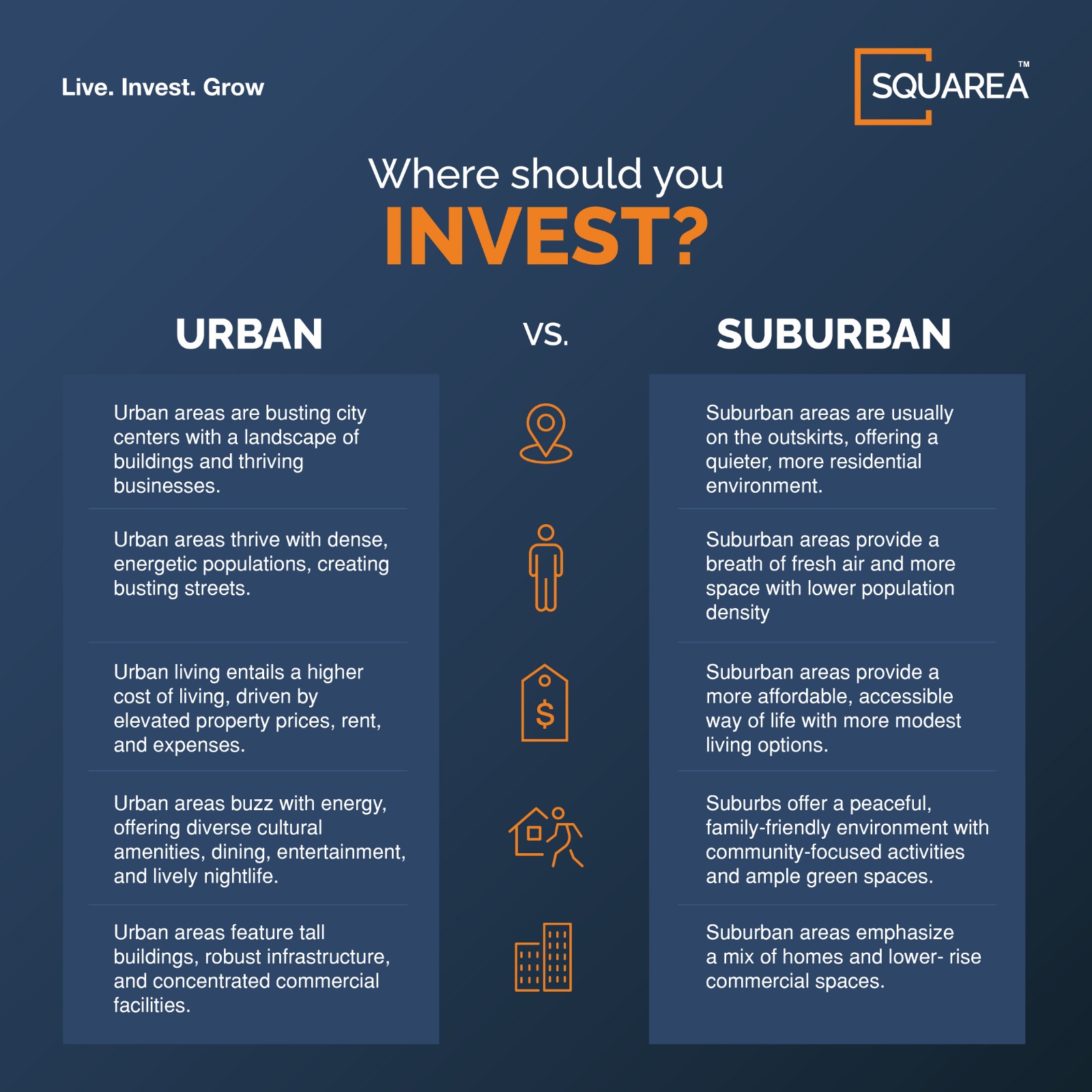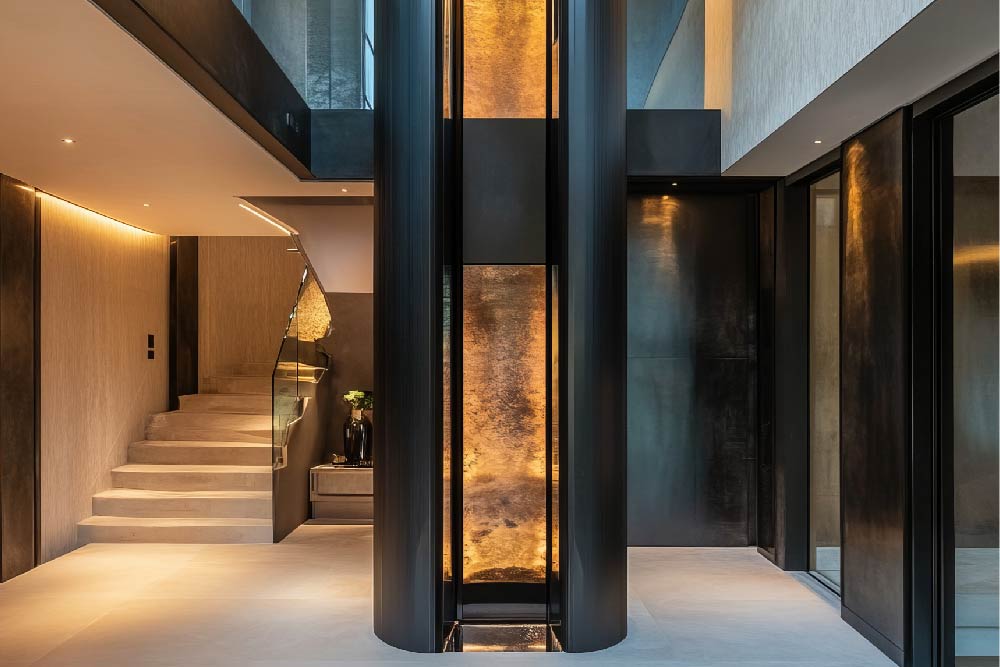
Investing in real estate is a pivotal decision, and location plays a crucial role. Whether you’re entering the market for the first time or expanding your portfolio, one question often stands out: City vs Suburb real estate — where should you invest?.
In 2024, Real Estate Investment in India is seeing steady growth, with substantial opportunities emerging in both urban hubs and expanding suburbs. Understanding the best real estate investment areas in India is key to making informed decisions, especially in a market projected to reach $1.5 trillion by 2030. Residential sales alone touched 173,241 units in the first half of 2024 — an 11% year-on-year increase — reflecting healthy demand.
This blog explores the core distinctions, pros and cons, and market trends shaping the urban vs suburban residential trends in India, to help you decide where to put your money.
Understanding City vs Suburb Real Estate Investment
Before you choose your next property, it’s important to understand the basic differences between urban and suburban markets:
- Location
- Cost of Living
- Atmosphere
- Infrastructure
- Population Density

Alt text: A comparative glance at the key differences between city and suburban real estate investments.
Real Estate Investments in Cities
India’s major urban centres — including Mumbai, Bengaluru, Delhi NCR, and Pune — continue to be magnets for Real Estate Investment in India. These cities are equipped with high-end infrastructure, booming job markets, and robust lifestyle amenities, making them some of the best real estate investment areas in India.
Advantages of Investing in Cities
1. High Demand and Faster Appreciation :
Urban homes generally appreciate faster. For instance, Mumbai’s Bandra and Powai saw a price increase of 7–9% from 2023 to 2024, according to Knight Frank. Similarly, Pune property market areas like Koregaon Park have consistently appreciated 6–8% annually — ideal for investors targeting premium growth.
2. Proximity to Amenities:
Hospitals, educational institutions, shopping malls, and leisure zones are all easily accessible. In particular, Pune has emerged as an educational and healthcare hub, reinforcing its position among the best real estate investment areas in India.
3. Employment Opportunities:
Cities remain job magnets. Pune, for instance, continues to grow as a tech powerhouse, with employment centers in Kharadi and Hinjawadi attracting a highly mobile workforce — a key factor for Real Estate Investment in India.
4. Strong Public Transportation:
From Delhi’s Metro to Mumbai’s local train network and Pune’s metro project, transit-oriented development is enhancing connectivity and property value — particularly near transportation hubs.
Challenges of Suburban Investments
While suburbs offer space and affordability, they come with their own limitations:
- Longer Commutes: Distance from city centres can lead to extended travel times. However, infrastructure improvements like the Pune Metro Extension are bridging these gaps.
- Limited Social Infrastructure: Though developing rapidly, many suburbs still lack the dense network of amenities found in cities. This can affect lifestyle quality and rental desirability in the short term.
Final Considerations: Best Places to Invest
In 2024, both cities and suburbs are evolving fast. Government initiatives like PMAY, RERA, and Smart City Missions are strengthening infrastructure and boosting investor confidence. The ARHC scheme is also helping suburbs by promoting rental housing near industrial corridors.
- City real estate offers quicker appreciation, strong rental yields, and proximity to economic hubs.
- Suburb real estate delivers affordability, larger space, and long-term upside potential.
Ultimately, the better choice depends on your personal goals: Are you seeking short-term appreciation, long-term stability, rental income, or lifestyle convenience?
At Squarea, we understand the nuances of urban vs suburban residential trends in India. Whether you’re eyeing opportunities in the fast-growing Pune property market or weighing city vs suburb across metros, our advisory team can help you make a strategic decision.
Connect with us at hello@squarea.io or call +91 90 9641 9641 to explore the best real estate investment areas in India—tailored to your investment objectives and lifestyle needs.




